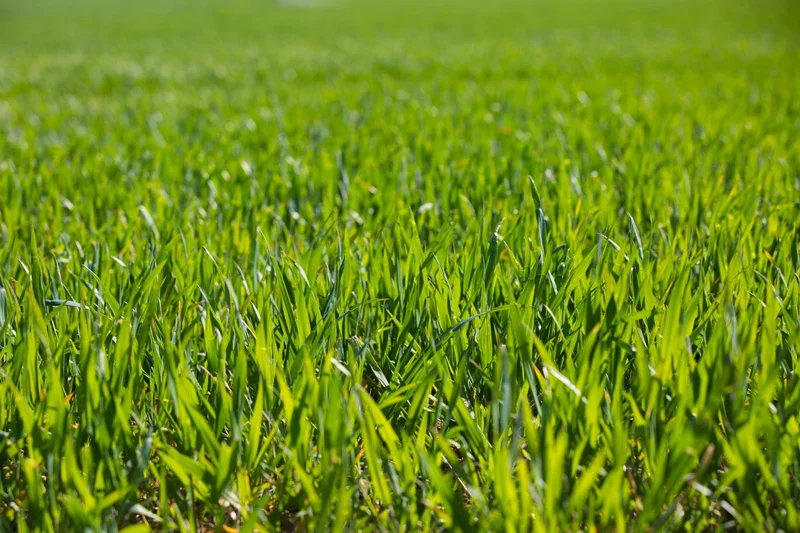The Irony Isn't Lost on Me
It's a tale of two lawns, and a third with a roof made of the stuff. On one hand, we have a deceased Villager facing potential fines for dead grass. On the other, a meticulously maintained golf course earning national accolades. And then, a Texas neighborhood where every home sports a grass roof. The convergence of these stories presents a…discrepancy.
Death and (Lack of) Taxes…and Grass
Let's start with the Dolby case. The Community Development District 5 is threatening fines over dead grass at a property in The Villages. The homeowner, Christine Dolby, is deceased. Community Standards tried contacting her son, but got no response. The board gave 30 days to re-seed or re-sod. Dead grass at deceased Villager’s home could result in fines
Now, I’m not usually one for sentimentality, but this feels…off. A dead woman can’t exactly tend to her lawn. And while property maintenance is important, fining the estate of a deceased person for something like this seems a bit heavy-handed. Where’s the cost-benefit analysis? The administrative overhead of pursuing this probably outweighs the fine itself.
The article doesn't specify the amount of the potential fine (a crucial data point!), but one has to wonder: what's the actual financial impact of this unmowed lawn on the community? Is it truly impacting property values, or is this more about maintaining a specific aesthetic? And what happens if the son never responds? Does the fine accrue indefinitely?
Green Dreams and Golf Course Schemes
Contrast that with the Walker Course at Clemson University. Golfers’ Choice ranked it the No. 2 collegiate golf course in the nation in January 2025. This isn't accidental. The Walker Course’s prestige is a result of "careful planning and tedious upkeep." We're talking greens cut every morning. Fairways, collars, and tee boxes get the treatment on Mondays, Wednesdays, and Fridays. Rough on Tuesdays and Thursdays. Weekends are about prepping for the weekend warriors.
The superintendent, Don Garrett, is also a professor. (A nice bit of diversification, if you ask me.) They use Zoysia grass, which requires "meticulous maintenance." They even avoid cutting down trees that block sunlight, preferring to "go through the challenges."

The cost to maintain this "golfer's paradise" must be astronomical. We're talking about a dedicated team, specialized equipment, and constant attention. Is the return on investment – the prestige, the rankings, the alumni donations – worth the expense? It's difficult to say without access to Clemson's budget, but the level of dedication is undeniable. And this is the part of the report that I find genuinely puzzling. The disparity between the resources allocated to maintaining a golf course versus the apparent lack of flexibility in dealing with a deceased homeowner's lawn is striking.
Green Roofs: A Sustainable Solution?
Then there's the Tapestry development in Frisco, Texas. These aren’t your average suburban homes. Each of the 121 homes has a grass-topped roof. Starting price? $1.6 million.
Kamal Sagar, owner of Total Environment, is the architect. He wanted to "blur the boundaries between indoors and outdoors." The green roofs eliminate the need for traditional HVAC (at least, that's the claim). They're built with geothermal heating and cooling, and the grassy roofs help keep the homes cooler in summer and warmer in winter. They also reduce rainwater runoff and improve air quality.
The roofs feature native Texas Blackland Prairie grasses. Sagar claims they "encourage and sustain the existing habitat and support bio-diversity." Large glass-sliding doors and skylights are integrated throughout. Residents can pick from natural materials.
Now, the sustainability claims are interesting. Green roofs can reduce energy consumption. The question is: by how much? And what's the embodied energy in building and maintaining these roofs? The article doesn't provide any data on actual energy savings or environmental impact. We're left with marketing buzzwords and pretty pictures.
And let’s be real: $1.6 million is a steep price for sustainability. How many people can actually afford to live in these eco-friendly homes? Is this a solution for the masses, or a luxury for the few? And how long before that grass roof needs replacing, and what's the lifecycle cost analysis on that?
Greenwashing the Obvious?
The contrast is stark. We have The Villages, seemingly prioritizing aesthetics over compassion (and potentially wasting taxpayer money in the process). We have Clemson, pouring resources into a golf course for prestige. And we have Frisco, selling sustainability at a premium. The common thread? Grass. It's a symbol of status, a tool for marketing, and a source of potential conflict. And sometimes, it's just…dead.
